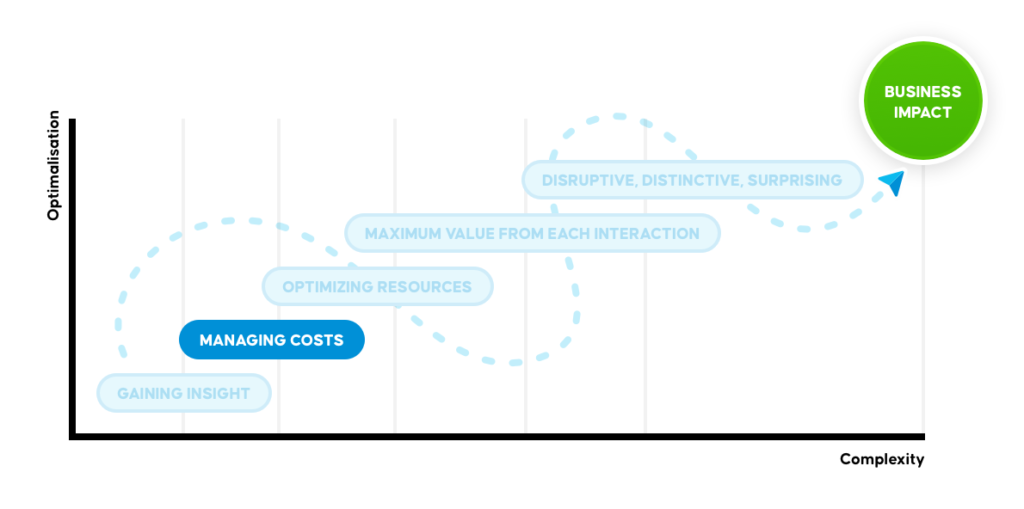Control costs
Service managers not only need to limit costs, but also provide other parts of the organization with insights into the costs (and benefits) of service. This involves questions such as “How much do we typically incur on a one-year service contract?” and “What are the average lifecycle costs of our products?”. Questions such as “What is the optimal time to perform maintenance on our assets?” should also be asked in this regard. The answers to these questions can lead to higher margins and offer the opportunity to create new revenue models. Do you have the answers for your organization?

Use (asset) data!
Making the right decisions is essential to managing costs in the service process. Quality information is crucial to substantiating decision-making. Registering and maintaining asset data can play an important role in this. By collecting information about the service process, decisions can be made based on hard facts instead of gut feeling. The importance of data is underlined by the fact that service decision makers expect the automatic collection and processing of asset data will lead to a 12% decrease in costs.
Prevent unplanned downtime
Preventing unplanned downtime is an important factor in reducing costs. Automatic collection and processing of asset data enables organizations to provide the right service at the right time. Counter status and sensor data are automatically read, in order to create work orders at the right time and to prevent malfunction.
Avoid losses in your budgets
Obviously, “giving service away free of charge” can directly lead to losses and budget gaps. This can be prevented by carrying out an important verification: “What is my customer entitled to?”. By standardizing contracts and automating the verification process, this question can be answered faster and easier. In this way, each employee in the service process knows what has been agreed with a given customer. Call centre employees can immediately determine which contracts the customer has entered into, and the service technician knows which solutions are covered by the contract – or not.
Giving away service
Losing turnover due to non-compliance with contract agreements is referred to as ‘contract leakage’. A clear example of this is providing service without an invoice or contract. This may seem unlikely today, but research shows otherwise. In the telecom sector, for example, 9.6% of all work orders are executed without financial justification.
Ready to manage your service costs?
BlueHike is specialised in service in Salesforce. We make sure your service management journey is as smooth as possible. Do you want to start managing costs with asset data quickly? Get in touch!






